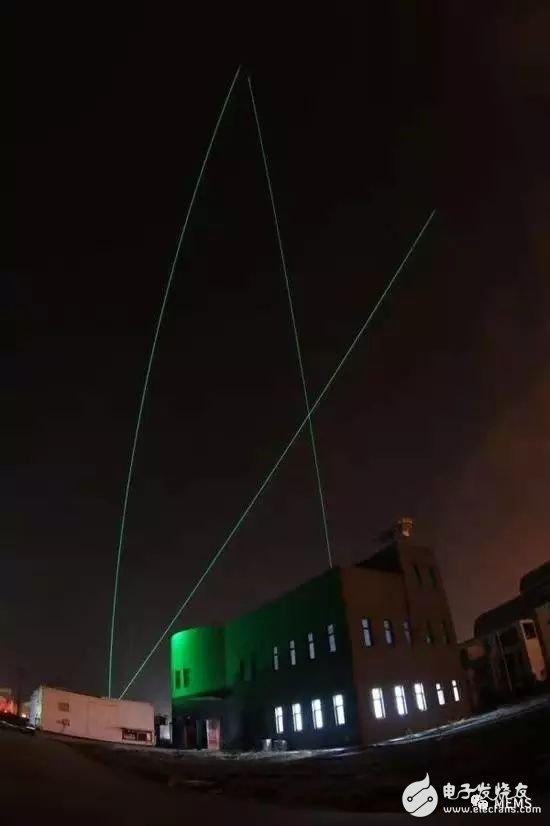The Institute of Atmospheric Physics of the Chinese Academy of Sciences announced on September 9 that its lead-developed atmospheric detection system is capable of continuous multi-element observation of the vertical atmosphere from the surface to a height of 100 km. The system will greatly enhance the technical level of atmospheric environment detection in China, and provide high-value raw data for atmospheric environmental monitoring, disaster prediction and scientific research.

According to reports, this set of "multi-band and multi-atmospheric active and passive integrated detection system" (APSOS) can obtain high vertical resolution observation data of atmospheric temperature, humidity, wind field, atmospheric greenhouse gases and pollutant gases, clouds and aerosols. Research on vertical structure of the atmosphere, movement changes and component transport. “This system is currently in the world's leading position.†Lv Daren, the APSOS project leader and academician of the Chinese Academy of Sciences, said that there are still shortcomings in existing satellite observations and ground-base station observations. Humans should improve their prediction, prediction and prediction capabilities for the atmospheric environment. It is also necessary to obtain more comprehensive long-term continuous observation data for the main elements of the entire atmosphere in the vertical direction. Lu Daren said that it is easy to put a thermometer on the ground. It is very difficult to continuously observe atmospheric temperatures and other data from 30 to 100 kilometers. But to understand the negative effects of climate change, environmental change, and human activities on climate and the environment, these data are very important. APSOS uses advanced technologies combining active and passive optics and microwave remote sensing to cover the detection range from ultraviolet to infrared and from terahertz to millimeter wave. The integration of the entire system and the technical units contained therein can be further extended to business units such as meteorological observation, environmental monitoring and space security. In addition, the completion of the foundation mobile system can provide necessary technical reference and experience accumulation for China's independent research and development of spaceborne atmospheric detection equipment. This system is one of the first major scientific research instruments and equipment developed by the National Natural Science Foundation of China. At present, APSOS has completed the overall joint test in Huainan, Anhui Province, and will be stationed in the Yangbajing International Cosmic Ray Observatory in Tibet in the near future.
Further reading: "Optical Sensing Market - 2017 Edition"
Projector Lamp,Projector Light Bulb,Projector Lamp Replacement,Projector Bulb Replacement
Shenzhen Happybate Trading Co.,LTD , https://www.happybateprojectors.com